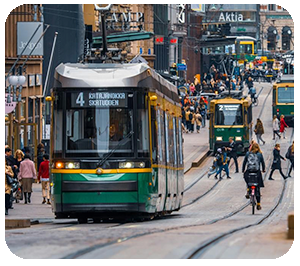The Safest Traveler
Is The Well-Informed Traveler
Our Story
A bus driver speeds down the wrong lane of an ill-maintained, narrow road with a sharp curve and no guard rail. The road has long been on a government list of high crash sites in need of repair. The bus hits oncoming traffic and plunges down a deep ravine. Twenty-three people are killed, including Aron Sobel, a 25-year old medical student, two weeks before his graduation. He was volunteering at a hospital and then traveling in Turkey.
Aron died in 1995, but stories like his continue to occur daily, devastating families and communities.
The Issue
Everyday, 3,700 die on the roads of the world.
Vision
ASIRT, the Association for Safe International Road Travel, envisions a world in which no one dies or sustains life-altering injuries on the roads.
Mission
ASIRT’s mission is to improve the safety of travelers on the world’s roads through education and advocacy.
Stay Informed
See recent road safety trends and updates and sign up for our quarterly newsletter.
Support Safe Travel
ASIRT believes in the excitement of travel and exploration—but we believe in safe travel even more. Help us protect travelers so everyone can experience the world with confidence!
Helsinki Achieves Zero Road Crash Fatalities

Helsinki, Finland, had zero road crash fatalities in the past twelve months.
The city redesigned streets to slow vehicles, reduced speed limits to around 20 miles per hour on 60% of its streets, prioritized pedestrian infrastructure, built separated bike lanes, enforced traffic laws rigorously and continues to invest in public transit.
Read more to learn how Helsinki achieved this impressive goal.
RSR Fast Fact: SPAIN
In many countries around the world, criminals pose as police officers in order to take advantage—and often rob—unsuspecting tourists. In Spain, it can be challenging to tell who is who. Many legitimate Spanish police professionals operate as plainclothes officers, and may stop visitors on streets or on public transport and demand to see proof of identification. Traffic police generally wear uniforms, and unmarked police cars can be identified by flashing electronic signs displayed in rear windows that say “Policia” or “Guarda Civil.” When in doubt about whether you are being approached by an actual officer, politely but firmly request to see the officer’s official identification. If that individual cannot show an official ID, or refuses to do so, seek out a policeman or policewoman wearing a uniform to report the encounter.

